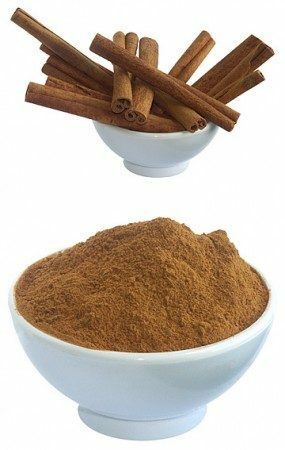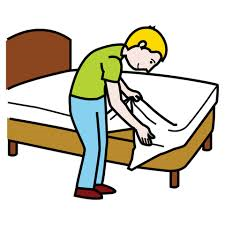Atomic Structure Of Matter
Physics / / November 13, 2021
Atom: It is the least amount of an element that goes into chemical combination and that cannot be reduced to simpler particles by chemical procedures.
Electron: It is the negatively charged subparticle that is rotating inside the atom. The absolute value of the electron is: 1.6O210x10x10-19EC.
Proton: It is the subparticle of positive charge that is located within the nucleus of the atom, its weight is approximately 1,837 times greater than that of the electron.
Neutron: It is located inside the nucleus, it has no charge, its weight is very similar to that of the proton.
Atomic models
Dalton's Atomic Theory
a) The elements are made up of tiny and indivisible particles, called atoms.
b) Atoms of the same element are equal in mass and size, while in different elements they are different in mass and size.
c) Chemical compounds are formed from 2 or more different atoms.
d) Atoms combine by and to form compounds in simple ratios 1: 1, 2: 1, 3: 1, etc. Furthermore, they can be combined to form more than one compound.
Thompson Atomic Model
Determine that the atom is made up of electrons (-) and protons (+); also, all atoms are neutral because they have the same number of electrons and protons.
Rutherford Atomic Model
a) A central part called the nucleus, contains the protons (+), in addition, there is almost the entire mass of the atom.
b) There is an envelope of negative electric charges or electrons that revolve around the nucleus in circular orbits like satellites.
Bohr Atomic Model (Quantum Model)
a) The atom is made up of a central nucleus where the protons (+) and neutrons meet, while the electron (-) moves in spherical orbits around the nucleus.
b) An atom does not emit or absorb energy when it is in its stationary orbits. If the atom is excited, the electron can move to a higher energy orbital and absorb energy, when the electron returns to its orbital this absorbed energy is emitted. The electron cannot stop between levels.
Bohr Sommerfeld Atomic Model
Add to Bohr's atomic model that there are spherical and elliptical orbits.
Atomic Mechanical Model - Quantum
It is the conceptualization of the current atom, consisting of a small, central, dense nucleus with a positive charge, in which most of the atomic mass is concentrated. In the nucleus there are a large number of particles, called subatomic, called protons (+) and neutrons.
The negatively charged electrons (-) are rotating at defined energy levels, in turn, these are made up of sublevels called orbitals.
All atoms have the same number of electrons and protons.
Each orbital can contain only two electrons (Pauli Exclusion Principle).



